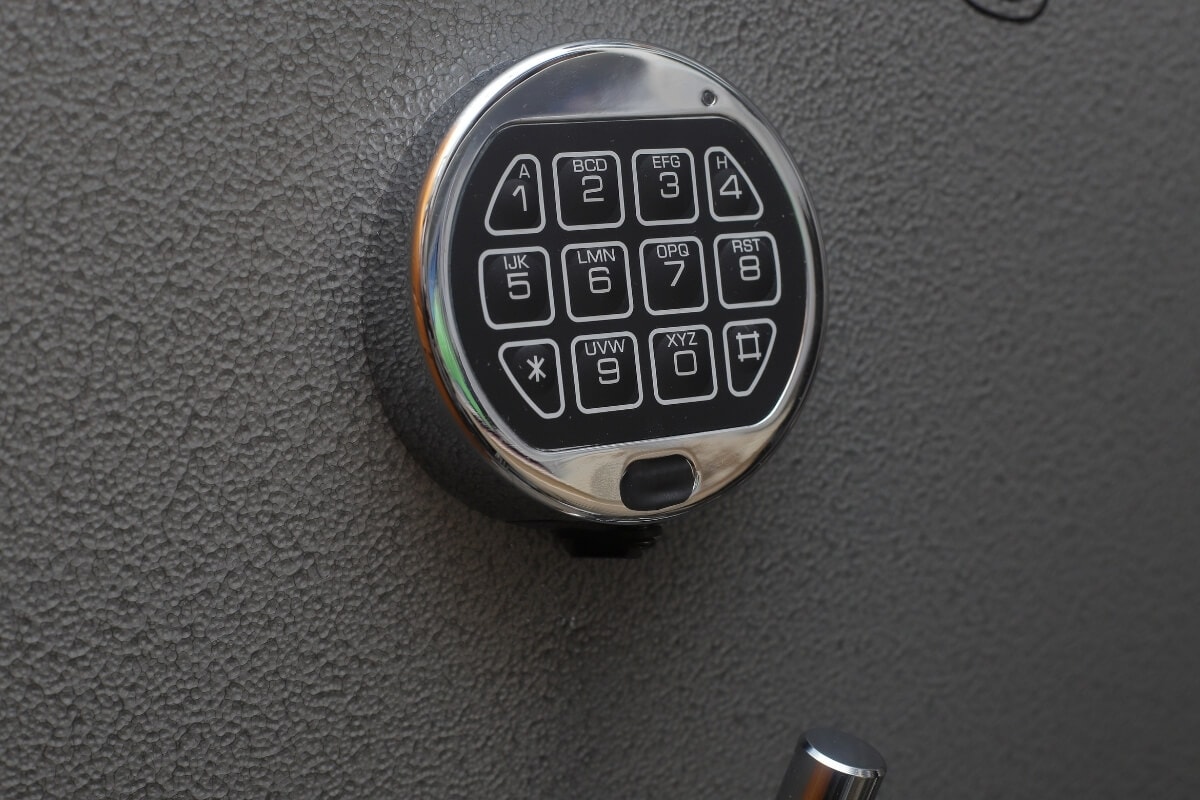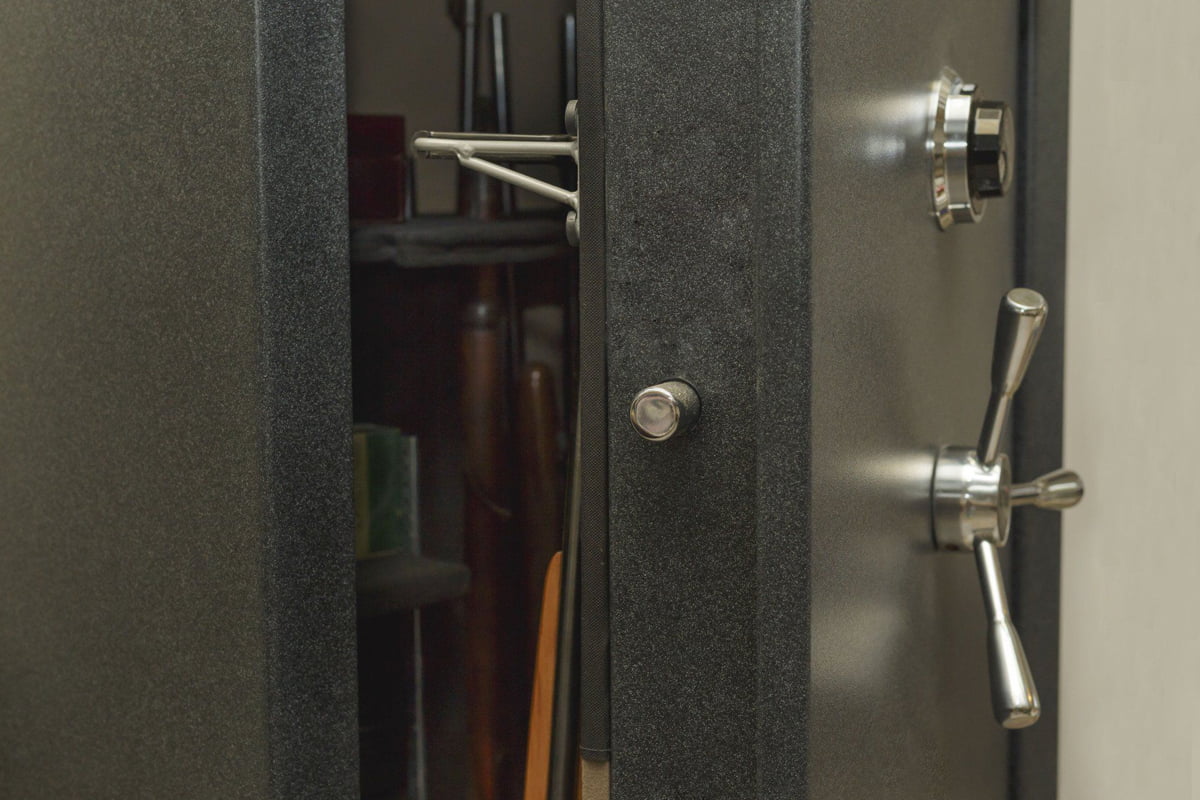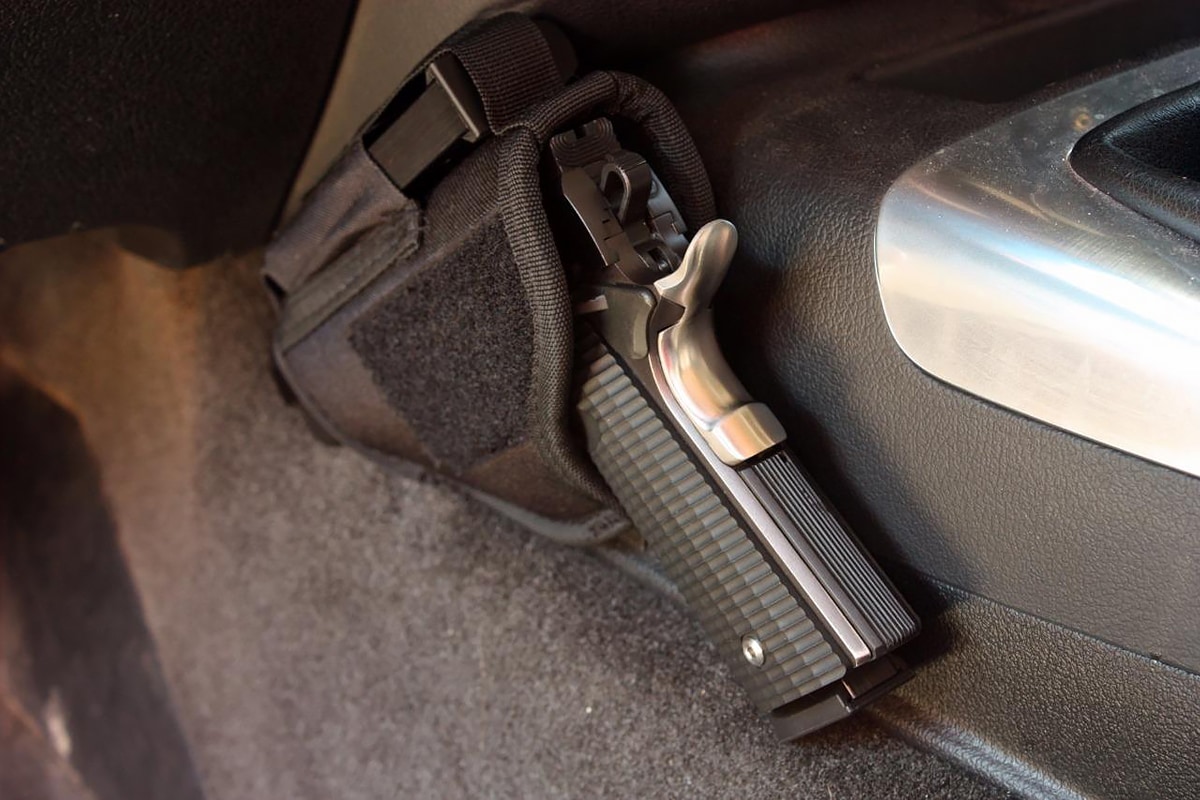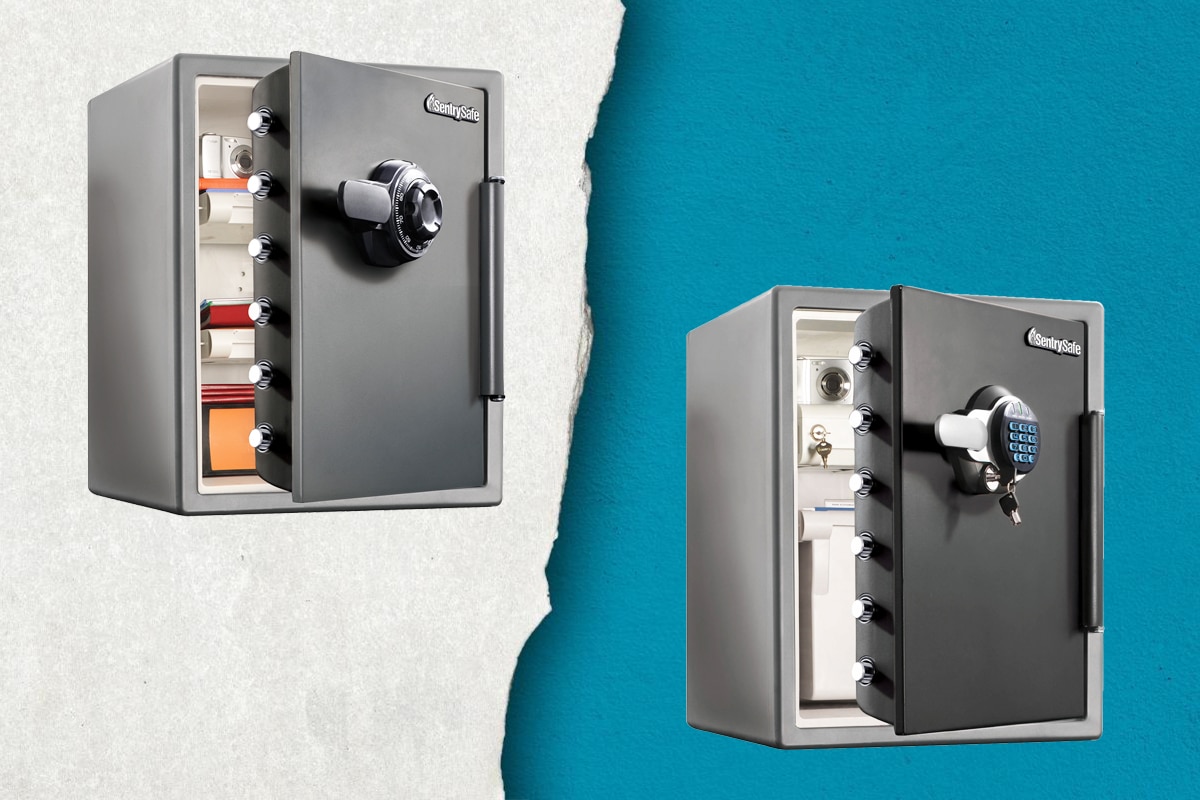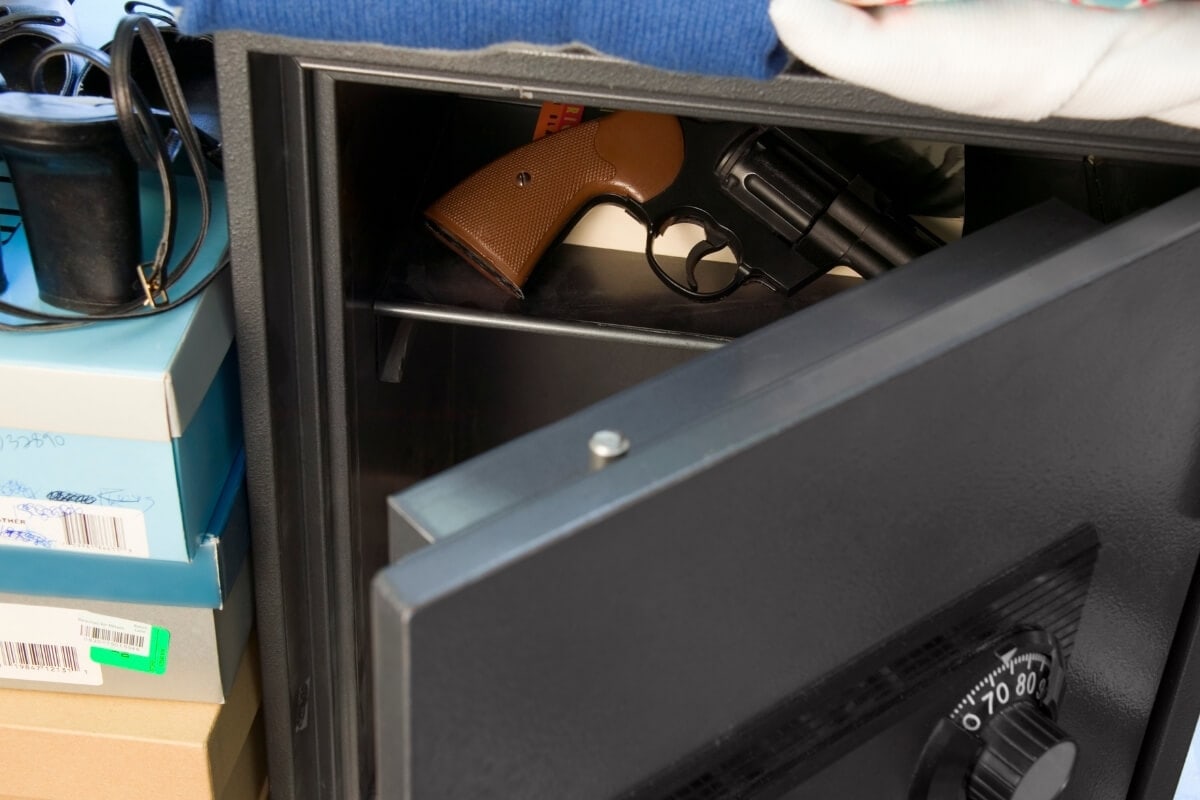A biometric gun safe operates under the same principles as traditional safes. A key difference – and a major benefit to the consumer – is the improvement in technology.
The goal of a biometric safe is to keep the contents safe. Second, only authorized individuals should have access to the device.
The core difference, thus the name biometric, is the need to use fingerprint technology to gain quick access. Traditional safes require a key, a combination to gain access to the safely stored weapon.
Biometrics refers to the existence of a unique human identifier. Presently, fingerprints are the most common type of biometric recognition in use. The biometric features are unique to each individual. The correct biometrics will permit the safe to open upon biometric confirmation by the safe’s software recognition. The safe’s goal is to allow valid users to gain access to the safe’s content. Unapproved users, including the babysitter and burglars, can not access the safe to gain access to the contents.
As technology develops, optical, facial, and even DNA attributes can be implemented for future biometric safes. Stay tuned for advancements.
The fingerprint technology requires approved users to submit their fingerprint images to the safe’s recognition software. This data is stored within the device’s internal memory software. New users can be approved by the same submission requirements.
Typically, just one finger is required for biometric purposes. There are four-finger fingerprint biometric safes available. Choose the setting which suits your preferences and requirements.
How Does the Technology Work
The registered owner will submit their fingerprint or fingerprints to the device’s scanner per the safe’s instruction manual. Some devices have software applications and others are one hundred percent via the safe’s scanner software platform.
The safe retains fingerprint recognition of valid users. Only these users will be allowed to gain access to the safe’s contents. When the approved fingerprints are submitted onto the fingerprint platform, the safe will open. If a non-approved fingerprint is submitted, the device will not open.
The device will open within three to six seconds upon fingerprint impression. This, of course, applied to valid users only. The time-lapse begins from the point of fingerprint impression to safe opening. The elapsed time is quick and efficient.
Valid users must be aware of how the gun safe technology operates. Your fingers must firmly press down in a calm, stable, and recognizable manner. Any deviation can cause the safe to not recognize the valid user.
How Is the Safe Powered
The safe’s power supply differs per unit. Many models require four AA batteries. Other models require long lasting lithium-ion batteries to generate power. The fingerprint recognition does require a power supply.
Backup Plan to Access Safe
Most safes do arrive with extra keys to access the device. This is crucial if the batteries are no longer working. A contingency plan, via the backup key, will provide safe access with any device malfunction. Please be prepared to use a key if necessary.
Advantages of a Biometric Gun Safe
One of the key advantages is only approved registrants can access the safe’s contents. Children or strangers can not gain access with their fingerprints. Children are curious by nature, as they are young and in a curious stage. They are learning their way around the world. The last thing a parent wants is a child to try and gain access to a safe. Biometric technology prohibits inappropriate access. Only valid users can gain access.
Most models have a night-time backlight to see where to press your fingerprint(s). This is necessary if the safe is in a dark room or the home’s electricity power has gone out.
Another major advantage to consumers is the improvement in technology. What was once a significant cost, presently you can purchase a biometric gun safe at a great price for an outstanding safe.
Disadvantages of Biometric Safes
If the safe malfunctions or the batteries run out of power, then the device can not be accessed without the backup keys. Appropriate awareness and planning requires the keys to be accessible if needed. This requires the owner to not assume the device will always open but prepare for a contingency plan to gain access.

